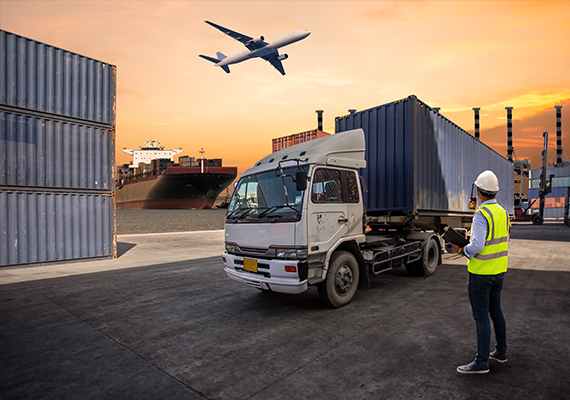1. Understand the Types of Bulky Goods
- Large and Heavy Items: Machinery, industrial equipment, furniture, vehicles.
- Oversized Shipments: Items that exceed standard dimensions for standard shipping options.
- Fragile or High-Value Goods: Bulky but delicate items that require special handling.
2. Choose the Right Shipping Method
- Air Freight:
- Advantages: Fast delivery, high security.
- Considerations: Expensive, limited capacity for very large items.
- Sea Freight:
- Advantages: Cost-effective for large volumes and oversized items.
- Considerations: Slower transit time, requires handling at ports.
- Road Transport:
- Advantages: Flexibility for door-to-door service, good for regional transport.
- Considerations: Limited by road and traffic conditions, cost varies with distance.
- Rail Freight:
- Advantages: Good for large and heavy items, cost-effective over long distances.
- Considerations: Requires additional handling for pickup and delivery, limited to rail routes.
3. Prepare the Goods for Shipping
- Packaging:
- Use robust packaging to protect the goods. For bulky items, this may include wooden crates, reinforced pallets, or custom-made containers.
- Disassemble if possible to reduce size and ease handling.
- Labeling:
- Clearly label the goods with handling instructions (e.g., “Fragile,” “This Side Up”).
- Documentation:
- Complete required paperwork such as shipping manifests, bills of lading, and customs declarations (for international shipments).
4. Select a Carrier or Freight Forwarder
- Freight Forwarders: They manage the logistics of shipping, including booking cargo space, arranging transport, and handling customs.
- Specialized Carriers: Some carriers specialize in oversized or heavy goods and offer tailored services.
5. Consider Costs and Insurance
- Cost Factors: Include shipping distance, weight, dimensions, and the shipping method. Obtain quotes from multiple carriers for comparison.
- Insurance: For valuable or fragile goods, consider purchasing insurance to cover potential damage or loss.
6. Compliance and Regulations
- Local Regulations: Ensure compliance with local regulations regarding bulky shipments, including weight limits and vehicle restrictions.
- International Regulations: For international shipments, comply with customs regulations and import/export controls.
7. Tracking and Delivery
- Tracking: Choose carriers that offer tracking services so you can monitor the shipment’s progress.
- Delivery: Plan for final delivery logistics, including unloading and setup if necessary.
8. Special Considerations
- Permits and Escorts: For extremely large or heavy shipments, you may need special permits or escort vehicles, especially on public roads.
- Handling Equipment: Ensure you have the necessary equipment (e.g., forklifts, cranes) for loading and unloading.
Summary
- Evaluate your shipping needs based on size, weight, urgency, and destination.
- Select the most appropriate shipping method and carrier.
- Prepare your goods and documentation thoroughly.
- Manage Costs and consider insurance to protect your investment.
- Stay Compliant with all relevant regulations and requirements.
For specific scenarios or specialized needs, consulting with a logistics expert or freight forwarder can provide additional tailored advice and solutions.


